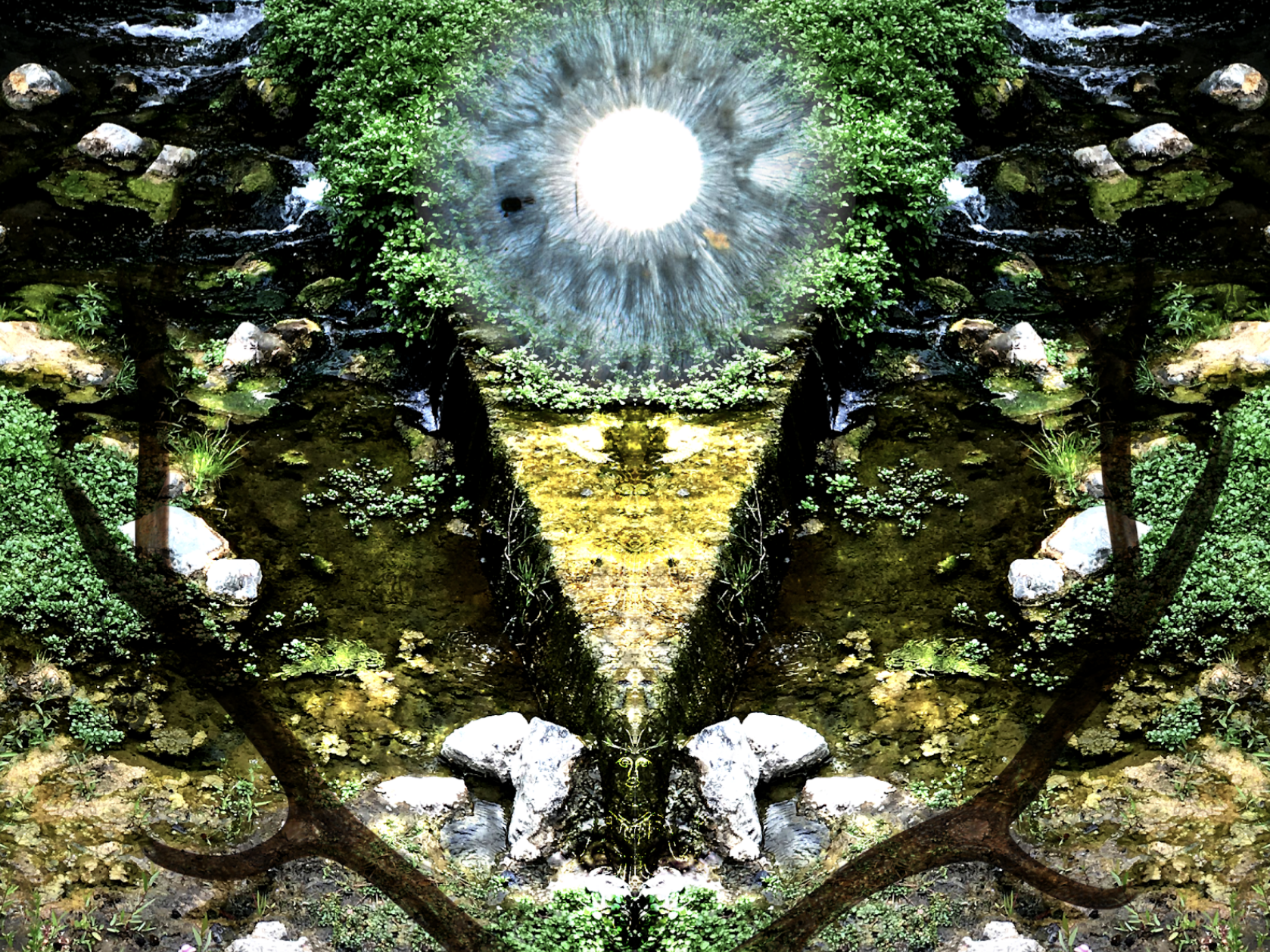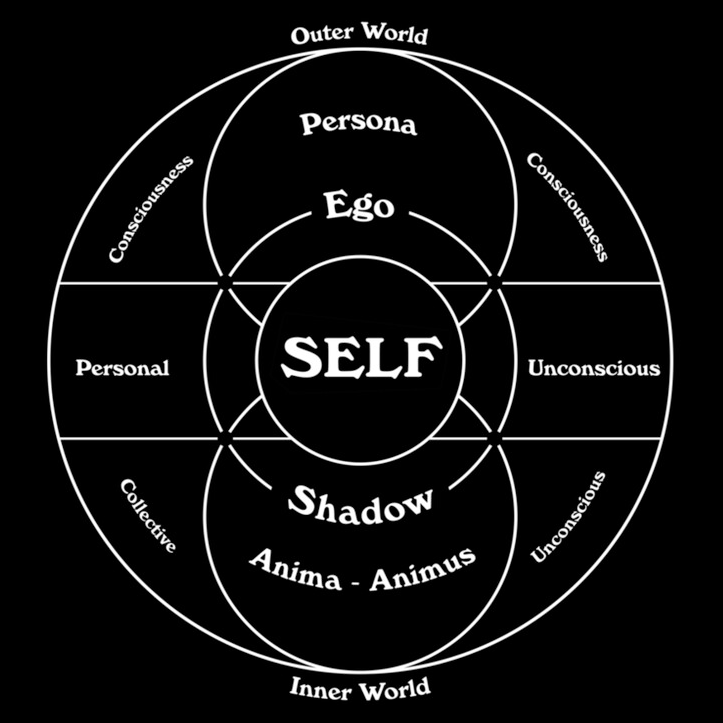Context from CW14: (paragraph breaks added in 513 for readability)
[512] It is a subtle feature of the Cantilena that the pregnancy cravings of the mother are stilled with peacock’s flesh and lion’s blood, i.e., with her own flesh and blood. If the projected conflict is to be healed, it must return into the psyche of the individual, where it had its unconscious beginnings. He must celebrate a Last Supper with himself, and eat his own flesh and drink his own blood; which means that he must recognize and accept the other in himself. But if he persists in his one-sidedness, the two lions will tear each other to pieces. Is this perhaps the meaning of Christ’s teaching, that each must bear his own cross? For if you have to endure yourself, how will you be able to rend others also?
[513] Such reflections are justified by the alchemical symbolism, as one can easily see if one examines the so-called allegories a little more closely and does not dismiss them at the start as worthless rubbish. The miraculous feeding with one’s own substance—so strangely reflecting its prototype, Christ—means nothing less than the integration of those parts of the personality which are still outside ego-consciousness. Lion and peacock, emblems of concupiscence and pride, signify the overweening pretensions of the human shadow, which we so gladly project on our fellow man in order to visit our own sins upon him with apparent justification.
In the age-old image of the uroboros lies the thought of devouring oneself and turning oneself into a circulatory process, for it was clear to the more astute alchemists that the prima materia of the art was man himself. The uroboros is a dramatic symbol for the integration and assimilation of the opposite, i.e., of the shadow. This “feed-back” process is at the same time a symbol of immortality, since it is said of the uroboros that he slays himself and brings himself to life, fertilizes himself and gives birth to himself. He symbolizes the One, who proceeds from the clash of opposites, and he therefore constitutes the secret of the prima materia which, as a projection, unquestionably stems from man’s unconscious.
Accordingly, there must be some psychic datum in it which gives rise to such assertions, and these’ assertions must somehow characterize that datum even if they are not to be taken literally. What the ultimate reason is for these assertions or manifestations must remain a mystery, but a mystery whose inner kinship with the mystery of faith was sensed by the adepts, so that for them the two were identical.

